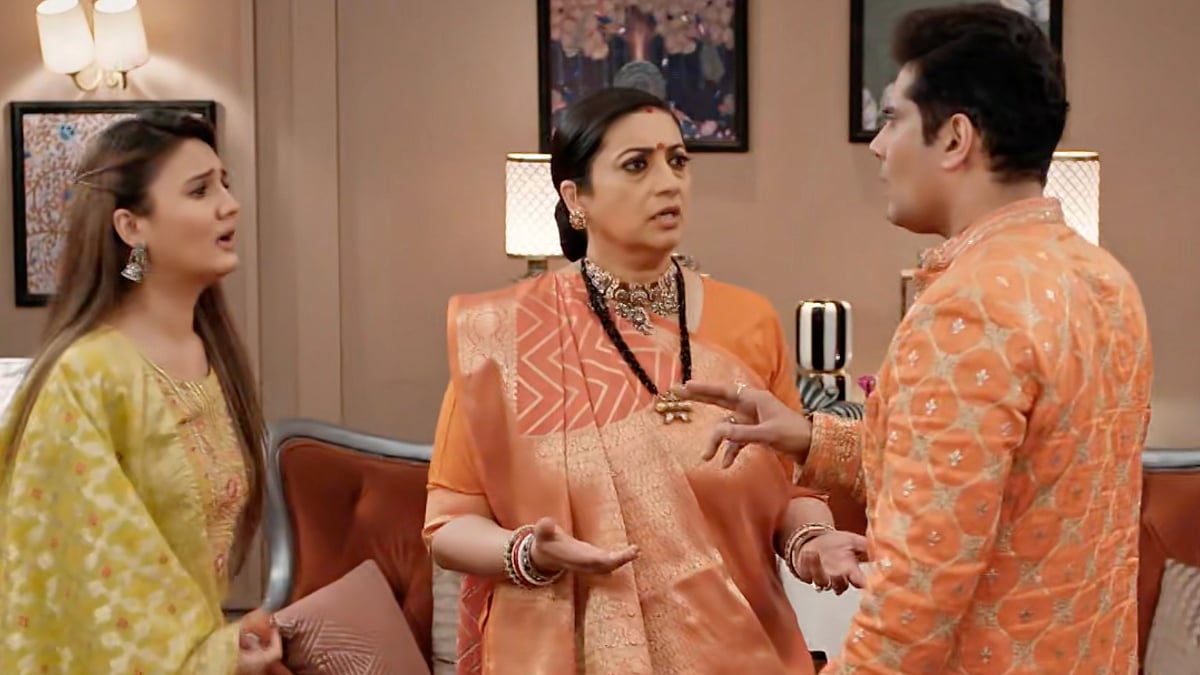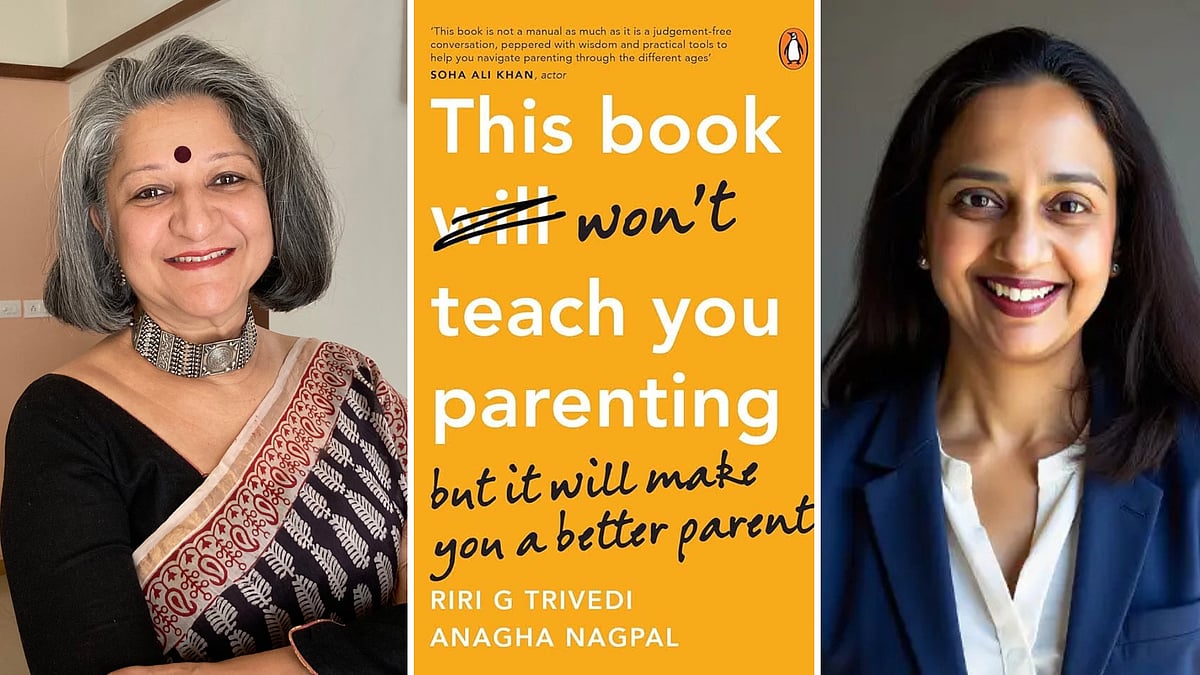In an age, when the idea of the religious community is determined by stereotypes and old fault lines, Saba Naqvi takes ajourney across the country in search of her own identity among people, communities and shrines that challenge our predetermined notions of what makes aMuslim or aHindu. Good Faith

In Good Faith: A Journey in Search of an Unknown India Saba Naqvi Rupa Publications Pages: 190; Price: Rs. 395 |
Saba Naqvi is the political editor of Outlook, one of India’s leading news magazines, and writes extensively on politics, governance and current affairs.
Understandably she has travelled widely in India, of course mostly for pro- fessional reasons but – and here she can take a lot of credit – also in search of her own identity among people.
By birth a Shia Muslim, but, she claims, she is the product of ” a mixed background’ – her mother coming from a Protestant Christian family. In consequence, says Saba, she was ” raised without any one religious identity” and her childhood was pretty anarchic in the matter of religious practice”. The family celebrated Eid, Christinas and Diwali with equal fervour because ” there was no sense of belonging to a congregational religion”. Add to everything else, she had been married to a Bengali Hindu. She got deeply interested in ” the issue of religion, cultural forms and evolutions of iden- tity” and her journey throughout India came about as a result, her attention frequently drawn to positive interaction between Hindu and Muslim communities and this book is a happy record of her varied experiences in different parts of India.
She found to her personal satisfaction that there was ” nothing uniform” whether with Muslims and Hindus and there were ” great paradoxes everywhere” with the sacred and the profane, the profound and the shallow often existing side by side in India’s religions and cultural landscape.
In one Muslim community in Orissa, marriages were finalised according to the Hindu calendar, but the Muslim nikaah ceremony was solemnised by a Qazi.
In- dividuals had two names, Hindu and Muslim, in the Sunderbans, both Hindus and Muslims had evolved a separate religion, ” a curious mix of animism, Hindu shakti tradition and a typically Indian brand of Sufism”. Three ‘ gods’ were worshipped: Bonbibi, a Muslim forest- goddess, a Hindu tiger god named Dakshin Ray and a legendary Pir named Ghazi Miyan. The Bauls of Bengal were drawn from both Hindu and Muslim communities, who defied the notion of divisions and were against any rituals and refused to observe any of the conventions of formal religions.
In Kolkata she found a priest at the famous Kali Temple who was equally devoted to Manick Pir, one of the many Islami saint worshipped throughout Bengal. In Maharashtra she noticed that Haji Malang Baba, a Sufi saint from Arabia had followers both from Muslim and Hindu communities and his closest disciple had been a Hindu princess.
In Andhra Pradesh, Saba found that some tribal communities such as Lambadis, Gonds and Pardis considered Moharrum as important as Dussehra and Diwali. In Tamil Nadu she found that in Viruchirapalli, Lord Vishnu, known as Sri Ranganathaswamy had, as one of his consorts, Thulukka Nachiyar, a word meaning ” respected Muslim lady” in Tamil.
And Saba adds: ” So just as the Muslim nawabs found it necessary to patronise the powerful temples of the region, the Brahmins, too responded by nominally incorporating Muslim figures into the various myths surrounding their major deities”. Saba also noticed that in Trichy, the Shrirangam shrine and the Nathar Vali dargah ” were full of snared motifs and legends” and their chronicles and shrines portrayed the two beings as counterparts of divine partners”. Importantly, many temple complexes of Tamil Nadu received generous grants from the Arcot nawabs.
In Kerala, according to Saba, ” many of the festivals celebrated by the state’s Muslims are so closely derived from the local Hindu environment” and the Chiraman Perumal Juma Masjid ” is believed to have been designed and constructed by Hindus”. In Jodhpur, Rajasthan, hereditary castes of musicians like the Langas and Manganiyars while pro- fessing Islam had a lifestyle similar to that of Hindus and ” it is Muslim musicians who perform at various ceremonies such as marriages, births and even festivals at Hindu homes”. In Karnataka, Saba found the Tinthani Mouneshwar shrine in Gulbarga district, which Hindus consider a temple and Muslims, a dargah. ” But no” writes Saba, ” they are not fighting over it!” As she put it, despite the lack of research into the cult, one can clearly see the synthesis of Sufi and Bhakti ideals of Mouneshwar.
According to her, the Gulbarga- Bijapur belt is an important centre for both the Bhakti and Sufi movements in the Deccan. Close relationship between Hindu and Muslims, Saba found, could be seen in practically every Indian state.
As qawwali is the Awadhi dialect in praise of a Sufi named Haji Waris Ali Shah, it describes the saint’s early life by drawing a parallel with the childhood of Lord Krishna.
The opening stanza of the qawwali goes: Deva dasi kunwar Kanhaiya Mohan pyare bansi dhari Janam ke raja Sunder chaila Shyam behari.
Writes Saba: ” The Islam preached by the Sufis was a liberal faith that accommodated many of the old beliefs and superstitions of the converts; that is why individuals like Sai Baba and Waris Ali appeal to non Muslims.
While Sai Baba is now a tradition managed and controlled by non- Muslims, Deva Sharif is popular with both faiths. Many of the rituals practised in the Sufi dargahs in India are clearly Hindu in origin and are not found anywhere else in the Muslim world”. Closeness between Hinduism and Islam seems to be most widespread in Uttar Pradesh and Saba provides example after example to prove it. Indeed that seems to be true even of Ayodhya, where, according to Saba there exists the Satyar Mandir, a temple dedicated to religious harmony, where idols of Rama and Krishna stand alongside Buddha, Mahavira, Christ and Zoroaster and are flanked on both sides by pictures of Mecca and Medina.
Reading this book is sheer pleasure. Hindus and Muslims can live together, pray together – a point that Saba stresses indirectly. They don’t need secularists and other bogus intellectuals to encourage that. Such a book, should get wide publicity for it brings out the essential tolerance of man in a religionbesieged India.
Ashish Nandy, the sociologist rightly said in appreciation of the book that it shows that we live in a land where such a dialogue has been going on, silently and inconspicuously in front of our eyes – only we did not want to listen or to see.
M. V. KAMATH









